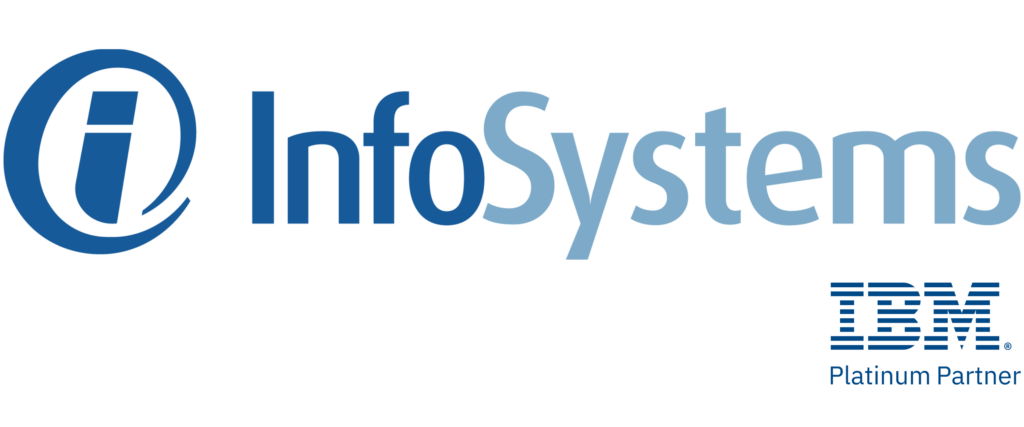It’s often difficult for companies to stay current with IT compliance regulations. If your company is in healthcare or financial services, you have experienced this first-hand.
The continual changes to the regulations, laws, and standards for these industries can sometimes seem overwhelming. That’s because regulatory environments are dynamic, not static. And they must be – especially when it comes to IT regulations. Cyber threats are constantly changing, so it makes sense that IT regulations are, too.
In the past, compliance checklists were enough to maintain regulatory requirements. Perhaps your healthcare or financial services organization takes a checklist approach to ensure you meet regulatory requirements. This is an understandable approach, but it’s not without its limitations.
[This article is part of our Guide to Information Security and Compliance]
The Limitations of a Checklist Approach in Compliance
Consider these two limitations of a checklist approach:
- Over-reliance
It’s possible to over-rely on a compliance checklist. Many organizations create a checklist and then don’t re-evaluate the items on the checklist to ensure it’s keeping pace with the changes in regulations. This could mean even if your team diligently works down the checklist, you could fall out of compliance without realizing it.
According to the checklist, you are compliant. But you miss the fact that the regulatory requirement has changed since you last updated the list, and your organization is no longer in compliance.
- Static (or not dynamic enough)
If your organization uses the same compliance checklist from ten years ago, you have a problem. But for most businesses that use compliance checklists, that’s not the case.
Companies update these checklists, but not often enough to change with regulatory requirements. Unfortunately, regulatory requirements can change overnight. And using a checklist that is not up-to-date with the requirement changes puts your organization out of compliance.
While a compliance checklist is necessary and extremely helpful in pursuing compliance, it’s not a “set it and forget it” tool. You need more than a compliance checklist to understand the evolving landscape of compliance regulations and adjust your checklist accordingly. You need a tool that takes a more dynamic, strategic approach to compliance. And that’s where a compliance plan comes in.
What is a Compliance Plan?
A compliance plan outlines what actions you must take to meet your compliance objectives. It helps protect your:
- Finances
- Reputation
- Customers
Finances
As a healthcare or financial services company, having a compliance plan in place can help save you money. It helps ensure you don’t suffer from expensive fines and lawsuits due to falling out of compliance.
Reputation and customers
A compliance plan also can help save your reputation, and – to a certain extent – your customers. It does so by helping ensure you meet IT compliance requirements.
These requirements act as guardrails to protect your IT infrastructure against cyber attacks. And since hackers want to steal your company’s sensitive information (i.e., your customer’s health or financial data), having these guardrails in place helps safeguard that data. By doing so, the compliance requirements help protect your reputation and your customers.
The key components of a compliance plan
According to HIPAA an effective compliance plan includes the following seven components. While this list is specific to healthcare companies, you can apply it to financial services:
Create a document with policies and procedures for complying with laws, standards, and regulations.
- Appoint a compliance officer and a compliance committee.
- Train and educate your employees on compliance-related matters.
- Establish effective lines of communication to report compliance issues.
- Monitor whether or not you continue to stay compliant.
- Enforce compliance standards using clear disciplinary guidelines.
- Respond quickly if you detect compliance issues.
We suggest an eighth component that HIPAA did not include:
Create a compliance strategy with guidelines for minimizing the risk of failing to meet regulatory requirements. When creating a compliance plan, it’s helpful to have a strategic compliance partner.
The Role of Strategic Compliance Partners
Strategic compliance partners can help you develop an effective compliance plan that ensures your organization remains compliant. A compliance plan is useful, but like a compliance checklist, it can become static – or not dynamic enough.
To keep your compliance plan in sync with up-to-date regulatory requirements, you need a strategic compliance partner who continually monitors these changes. That’s why we recommend using a managed IT services provider (MSP) as your strategic compliance partner.
Why MSPs Make Great Strategic Compliance Partners
As cybersecurity experts, MSPs help protect organizations against cyber attacks. They use two skills that are particularly useful for addressing cyber threats and ensuring compliance:
1. Continually Monitoring Your System
Typically, MSPs continually monitor IT systems, so they can identify and contain cyber threats. But their monitoring capabilities can extend to changes in regulatory requirements. You don’t have time to keep tabs on the ever-evolving IT regulatory landscape. MSPs do.
2. Strategizing Alongside Business Priorities
A proficient MSP knows how to develop a comprehensive cybersecurity strategy to safeguard an organization’s IT infrastructure. They get to know the business goals of their clients. Then they develop a cybersecurity strategy that aligns with these goals. In doing so, they ensure that no cybersecurity initiative hinders the overall strategy of their client’s business.
An effective MSP does something similar as it relates to compliance. The result is a compliance strategy.
What is a compliance strategy?
The compliance strategy is the policy that discusses how you plan to minimize and reduce your chances of failing to meet regulatory requirements. It consists of guidelines for your compliance efforts. Your compliance strategy is a key component of your compliance plan.
Developing a Comprehensive Compliance Strategy
To help you create your compliance strategy, your MSP gets to know your business, ensuring they understand your compliance goals. They use this knowledge to direct your compliance strategy.
A Summary of How MSPs Help with Compliance
As your strategic compliance partner, your MSP helps you: create a compliance plan and then integrate your compliance strategy into this plan. This ensures your healthcare or financial services business as you pursue compliance, protecting your finances, reputation, and customers.
Contact InfoSystems for assistance in developing and integrating a strategic compliance plan for your company.
[This article is part of our Guide to Information Security and Compliance]



